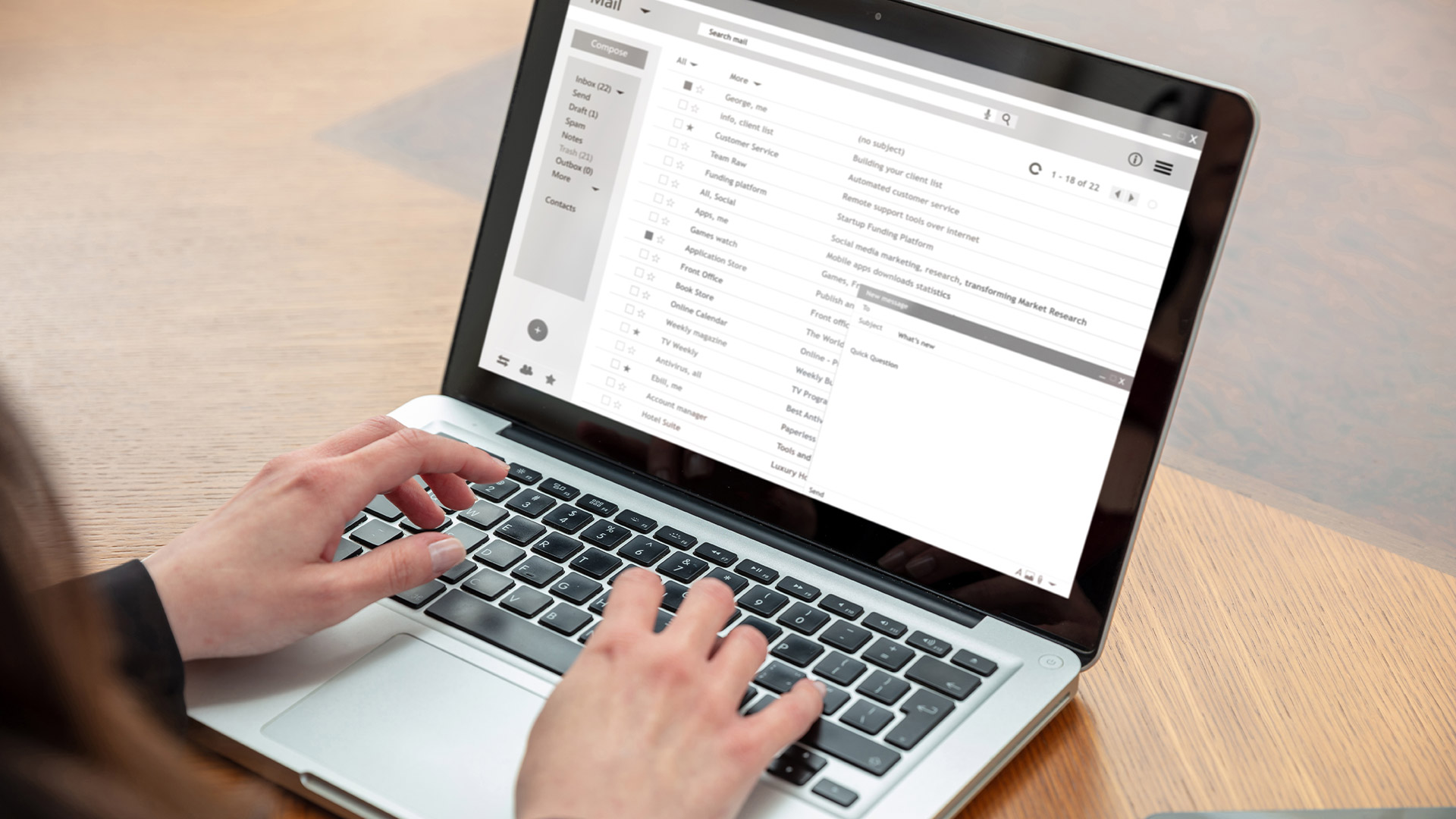Sponsorship Deals: When to Start Reaching Out

Every YouTuber dreams of landing that first brand deal—the one that pays you to do what you already love. But when is the right time to reach out to sponsors? How do you approach it without sounding desperate or unprofessional?
Every YouTuber dreams of landing that first brand deal—the one that pays you to do what you already love. But when is the right time to reach out to sponsors? How do you approach it without sounding desperate or unprofessional?
This guide breaks down what brands look for, how to know you're ready, and real-world tactics for getting your first paid collaboration.
Why Sponsorships Matter
Ad revenue on YouTube is unpredictable. Sponsorships, on the other hand, offer fixed payments, more control, and potential long-term partnerships.
They’re also one of the fastest ways to monetize—even if you’re not yet in the YouTube Partner Program.
The Big Question: When Are You “Ready”?
Forget the myth that you need 100,000 subscribers. Many creators get brand deals with as few as 5,000 subs—or even less—if they have the right audience.
Brands care about three main things:
- Audience fit (Do your viewers align with the brand’s customers?)
- Engagement rate (Are people commenting, liking, sharing?)
- Content quality (Do your videos look and sound professional?)
If you check those boxes, you're ready to start pitching.
Tip #1: Build a Sponsorable Backlog
Before reaching out, make sure your last 5–10 videos showcase the kind of content a sponsor would feel comfortable appearing in.
Avoid:
- Swearing-heavy content (unless it aligns with brand tone)
- Controversial topics
- Videos with erratic posting gaps
Include:
- Clear titles and thumbnails
- Organic product mentions (even if unpaid)
- Strong viewer comments and likes
This “portfolio” becomes proof you can deliver.
Tip #2: Know Your Value
Even small creators can offer value to sponsors. Here's how:
- Niche authority: A tech channel with 3,000 highly engaged subscribers may be more valuable than a general channel with 30,000.
- High watch time: Brands want viewers who stick around. Long average view duration means more eyeballs on sponsored segments.
- Conversion potential: If you’ve sold affiliate products before or received good engagement on recommendations, you can use that in your pitch.
Tip #3: Start with Relevant Brands
Don’t blast every brand you’ve ever seen. Focus on products you’ve already used or that make sense for your audience.
Example: A fitness YouTuber might reach out to:
- Supplement brands
- Activewear companies
- Fitness apps
Keep a spreadsheet of potential sponsors and note which videos they’ve worked with on other channels.
Tip #4: Craft a Solid Pitch Email
When you do reach out, keep it short, clear, and value-focused.
Basic structure:
- Who you are
- What your channel is about (with a link)
- Why you’re a good fit for their brand
- What you’re proposing (sponsored video, product placement, shoutout, etc.)
- Optional: a one-sheet with your stats
Avoid long introductions or vague asks like “Wanna collaborate?”
Tip #5: Post a Video Before Pitching
A clever tactic: create a video that naturally aligns with a brand you'd like to work with—even if they’re not sponsoring it yet.
Example: “My Favorite Budget Camera Gear” with your dream brand’s product included. Then email the video to the brand. You’re not just asking—they can see what you’re capable of.
Tip #6: Mention Your Audience Demographics
If you know your audience’s age, gender, and location from YouTube Analytics, use it to show relevance to the brand’s market.
Example: “My audience is 70% male, ages 25–34, mostly in the US and UK—very aligned with your customer base.”
This helps even smaller channels stand out with precision.
Tip #7: Include Real Numbers (Even if They’re Small)
Don't be afraid to share small but impressive stats:
- “My last three videos averaged a 6.2% click-through rate.”
- “Viewers comment on 1 in 20 videos—well above average.”
- “I have a 30% open rate on my connected email list.”
It’s not about bragging—it’s about showing impact.
Tip #8: Offer a Low-Risk Trial Option
Many brands are hesitant to work with newer creators. Offer a low-cost or even free trial shoutout in exchange for long-term potential.
Say: “I’d love to do a trial integration—no pressure, and we’ll both see if it fits. If it performs well, we can discuss a paid series.”
If it works, you’ve just created a working case study for future pitches.
Tip #9: Leverage Your Other Platforms
If you’re active on Instagram, TikTok, or a podcast, mention them as part of the sponsorship bundle.
Say: “I can include a dedicated Instagram Story and a link in my email newsletter. That gives your brand more touchpoints.”
Tip #10: Follow Up, Then Move On
If a brand doesn’t respond in a week or two, send one follow-up—then move on.
Don't spam. Focus your energy on brands that respond with curiosity or respect.
Example Email Template
Hi [Brand Rep Name],
I’m [Your Name], a creator who runs the YouTube channel [Channel Name], where I help [Your Audience] with [Your Topic].
I’ve been a fan of [Brand] and think your [product/service] would really resonate with my audience. I’d love to explore a potential partnership—maybe through a sponsored segment or product mention.
You can check out my channel here: [channel link]
Sample relevant video: [video link]
Let me know if this is something you’d be open to. I’ve attached a one-sheet with stats and audience breakdowns.
Thanks for your time,
[Your Name]
Final Insight: Let Brands Find You Too
While pitching is important, also set up ways for sponsors to reach out to you.
- Include a “Business Inquiries” email on your channel’s About page.
- Add a simple “Work With Me” page on your website (or Linktree).
- Mention in your videos that you're open to partnerships (“This video is not sponsored, but if you’re a brand who aligns with this channel, feel free to reach out!”).
Some of the best deals come inbound—after you’ve shown up consistently with value.


